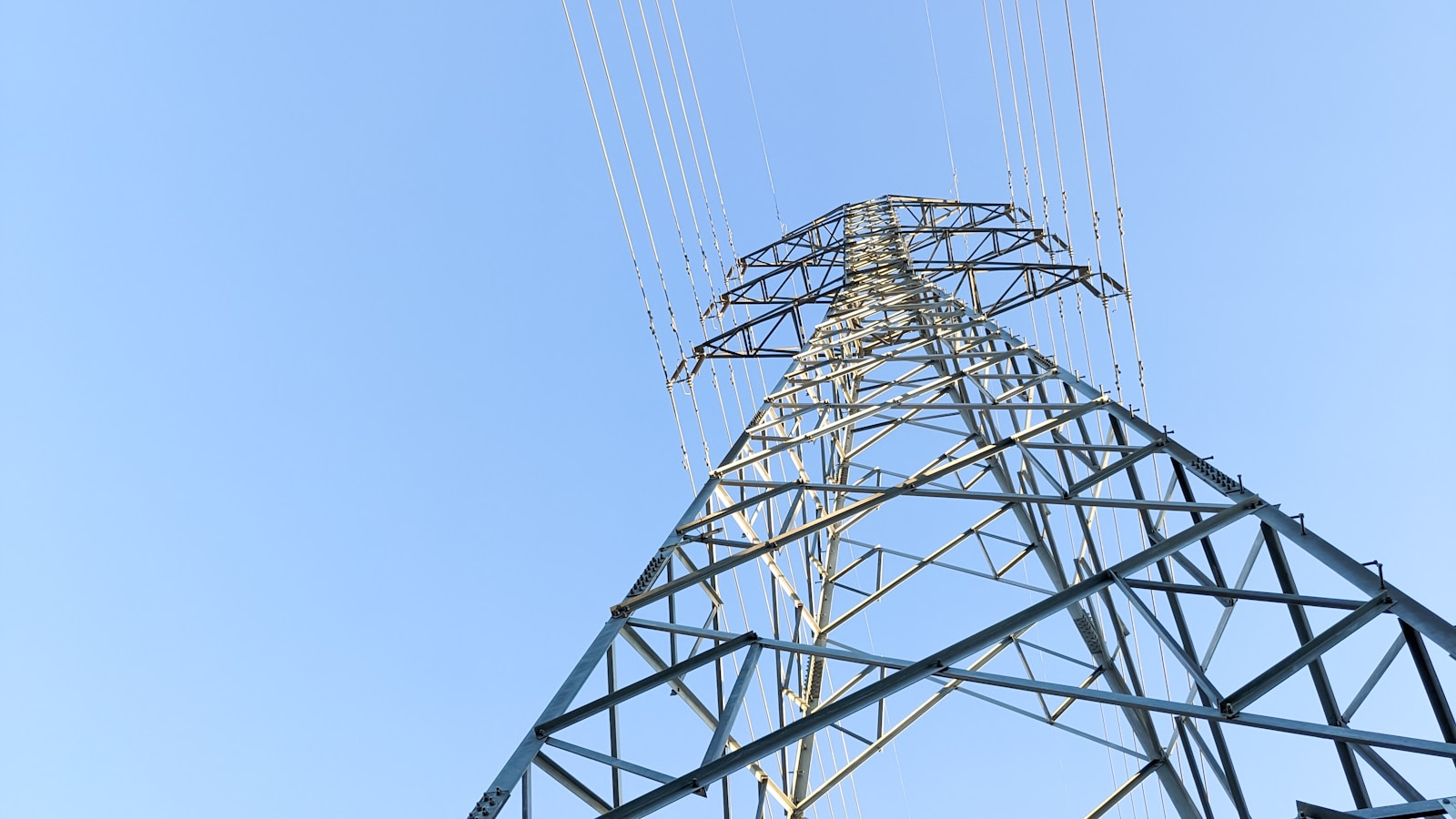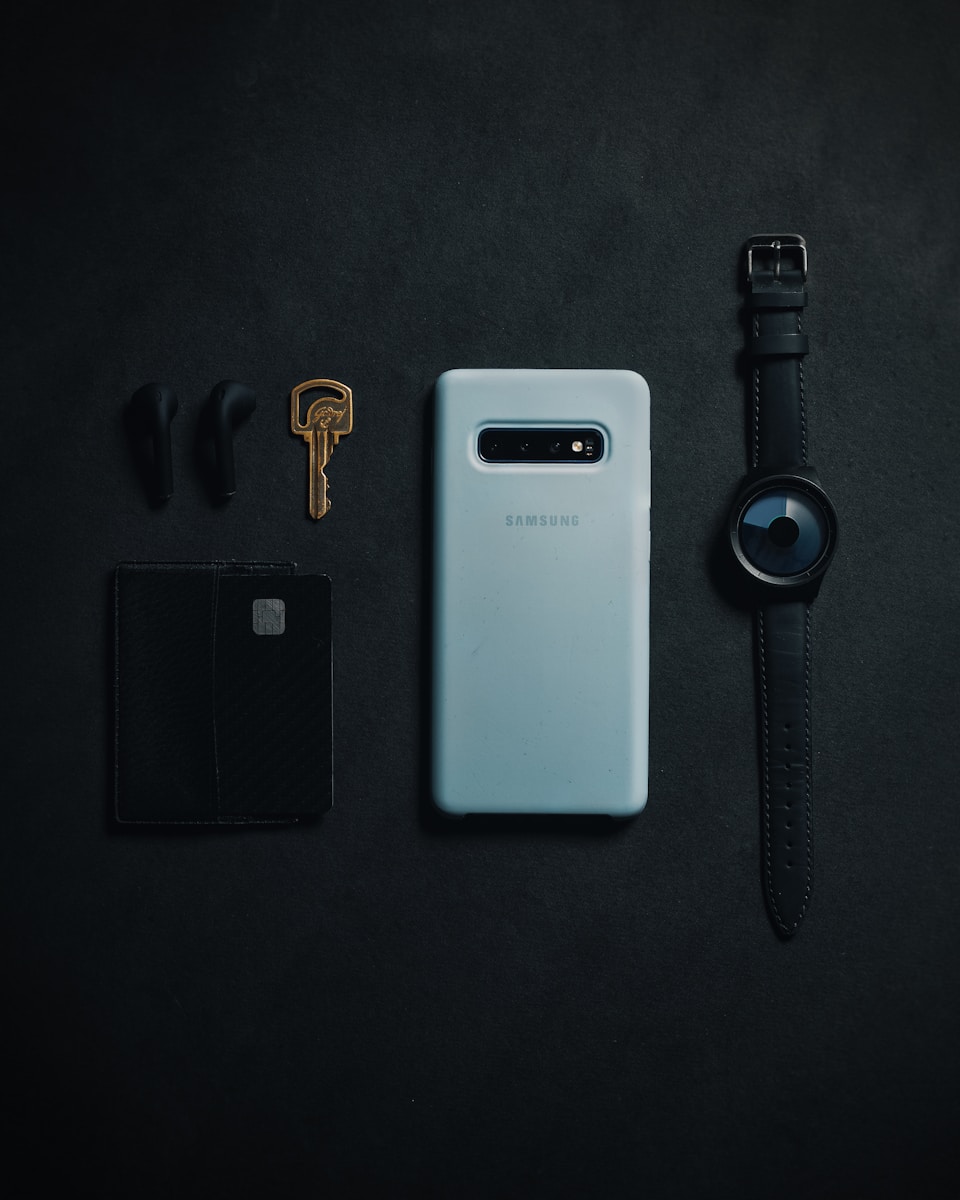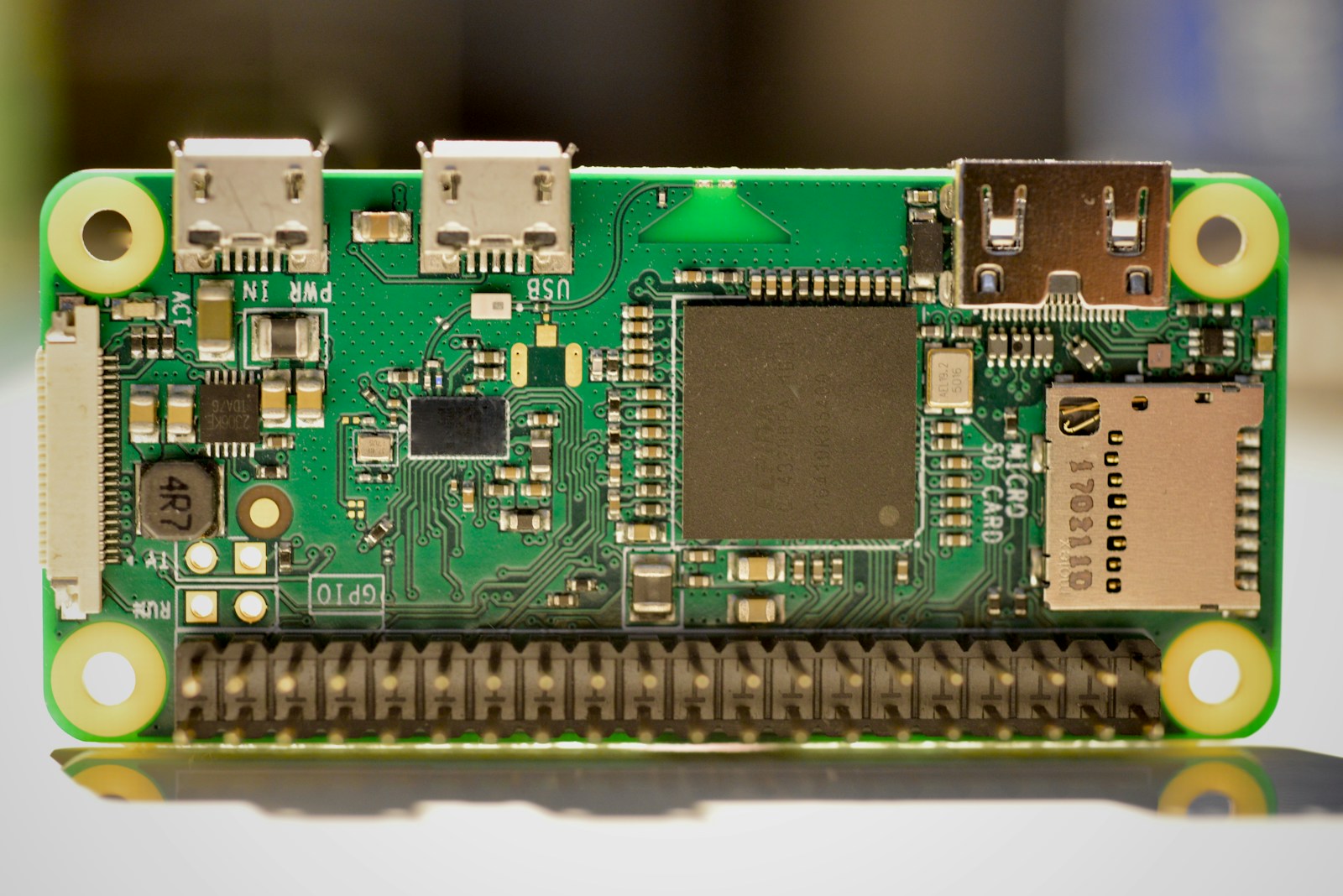Choosing the Right IoT Connectivity: Key Considerations for Business Success
Introduction: The Importance of Selecting the Best IoT Connectivity Technology
The process of selecting the best IoT connectivity technology is crucial for businesses aiming to stay competitive in today’s rapidly evolving digital landscape. As the Internet of Things (IoT) continues to expand across diverse industries, the choice of connectivity technology can significantly impact the performance, scalability, and security of IoT applications. In regions like Saudi Arabia and the UAE, where digital transformation is at the forefront of national agendas, understanding the different connectivity options available is vital for ensuring optimal deployment and functionality of IoT solutions. Whether it’s enhancing smart city infrastructure in Riyadh or optimizing supply chain management in Dubai, selecting the appropriate connectivity technology is key to unlocking the full potential of IoT.
When evaluating connectivity options, factors such as coverage, data rate, power consumption, and cost need to be carefully considered. Each IoT use case, from smart meters to autonomous vehicles, requires a tailored approach to connectivity to meet specific technical and operational needs. Business executives, mid-level managers, and entrepreneurs must stay informed about the latest developments in IoT connectivity to make strategic decisions that will drive growth and success in a competitive market.
Factors to Consider When Choosing IoT Connectivity Solutions
One of the primary factors to consider when selecting the best IoT connectivity technology is the geographical coverage required for the deployment. For instance, if a company operates across various locations in Saudi Arabia, from major cities like Riyadh and Jeddah to more remote areas, a technology such as Low Power Wide Area Network (LPWAN) could be ideal due to its extensive coverage and low power consumption. Alternatively, for IoT applications within densely populated urban environments, such as in Dubai, cellular networks like 5G provide high data rates and low latency, essential for real-time data processing and critical applications like smart transportation systems.
Another important consideration is the data rate and bandwidth requirements of the IoT devices involved. High-bandwidth applications, such as video surveillance or telemedicine, require robust connectivity solutions like 4G, 5G, or Wi-Fi. In contrast, low-bandwidth applications, such as environmental sensors or asset tracking devices, can benefit from Narrowband IoT (NB-IoT) or Sigfox, which offer cost-effective and energy-efficient alternatives. Business leaders must assess their specific IoT use cases to determine which connectivity technology aligns best with their operational goals and technological requirements.
Balancing Cost, Security, and Scalability in IoT Connectivity
Cost is another critical factor when it comes to selecting the best IoT connectivity technology. For many businesses, especially small and medium-sized enterprises (SMEs) in the UAE and Saudi Arabia, cost-effective connectivity solutions are essential for large-scale IoT deployments. Technologies like LPWAN and NB-IoT are generally more affordable for wide-area coverage compared to traditional cellular networks. However, the total cost of ownership must also consider device costs, network infrastructure, and maintenance, which can vary widely depending on the chosen technology and the scale of the deployment.
Security and scalability are equally vital considerations. With the proliferation of connected devices, the risk of cyber threats increases, necessitating robust security protocols. Connectivity options like 5G offer enhanced security features compared to older technologies, making them suitable for applications where data integrity and confidentiality are paramount, such as healthcare and finance. Moreover, scalability is crucial for future-proofing IoT deployments. Businesses must ensure that their chosen connectivity solution can support growing data volumes and device numbers without compromising performance or security.
Optimizing IoT Connectivity for Diverse Use Cases
Tailoring Connectivity Strategies for Specific IoT Applications
Understanding the specific needs of each IoT application is crucial for selecting the best IoT connectivity technology. For example, in the context of smart cities like Riyadh or Dubai, where IoT applications range from traffic management to environmental monitoring, a combination of connectivity technologies might be required to meet diverse use case demands. High-bandwidth and low-latency applications, such as smart traffic lights and autonomous vehicles, may rely on 5G networks, while low-bandwidth and long-range applications, like smart waste management or water quality monitoring, might utilize LPWAN technologies.
For industrial IoT applications, such as those in manufacturing or logistics, the choice of connectivity technology can significantly impact operational efficiency and cost-effectiveness. In Saudi Arabia, where there is a strong push towards Industry 4.0, leveraging a mix of private LTE networks and LPWAN can provide a flexible and secure solution for managing connected devices across factory floors or supply chain routes. By aligning connectivity choices with the specific needs of their IoT applications, businesses can maximize the return on investment and drive innovation in their respective industries.
Future Trends in IoT Connectivity: Preparing for Next-Generation Technologies
As the IoT landscape continues to evolve, staying ahead of emerging trends is essential for businesses looking to leverage the best IoT connectivity technology. With the rollout of 5G networks gaining momentum in the UAE and Saudi Arabia, companies must consider how this advanced technology can support future IoT applications that require ultra-reliable low-latency communication (URLLC) and massive machine-type communication (mMTC). This could revolutionize sectors such as autonomous vehicles, remote surgery, and smart energy grids, where split-second decision-making and massive data transmission are crucial.
Furthermore, the convergence of IoT with other technologies like edge computing, artificial intelligence (AI), and blockchain is set to redefine connectivity requirements. Edge computing reduces latency and bandwidth usage by processing data closer to where it is generated, which is particularly beneficial for real-time applications. AI can enhance network management by predicting traffic patterns and optimizing connectivity. Blockchain can offer a decentralized and secure method of handling IoT data, further influencing connectivity decisions. Businesses in Dubai, Riyadh, and other forward-looking cities need to adopt a holistic approach that integrates these technologies to stay competitive in the digital age.
Conclusion: Strategic Connectivity Choices for a Future-Ready IoT Ecosystem
In conclusion, the selection of the best IoT connectivity technology is a multifaceted decision that requires careful evaluation of various factors, including coverage, data rate, cost, security, and scalability. For businesses operating in dynamic markets like Saudi Arabia and the UAE, making informed connectivity choices is essential for optimizing IoT deployments and achieving business success. As the technology landscape evolves, it is crucial for decision-makers to stay updated on emerging trends and to continuously assess their connectivity strategies to ensure alignment with their operational objectives and market needs. By strategically selecting the right IoT connectivity, businesses can unlock new opportunities for growth, innovation, and efficiency in a digitally connected world.
—
#IoT #Connectivity #5G #DigitalTransformation #SaudiArabia #UAE #BusinessInnovation #SmartCities #Industry40 #Blockchain #AI #EdgeComputing #ProjectManagement #Leadership #BusinessSuccess









